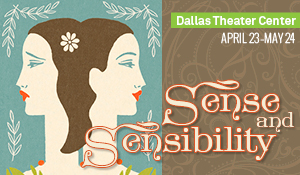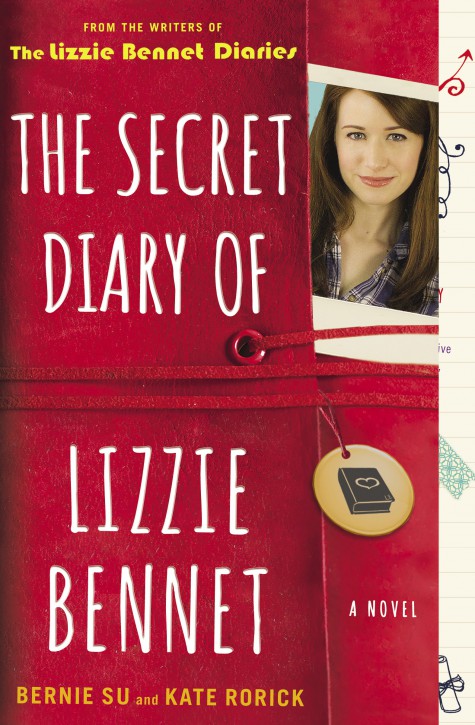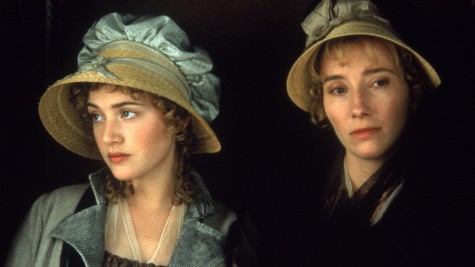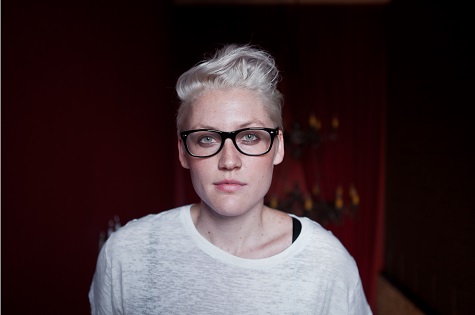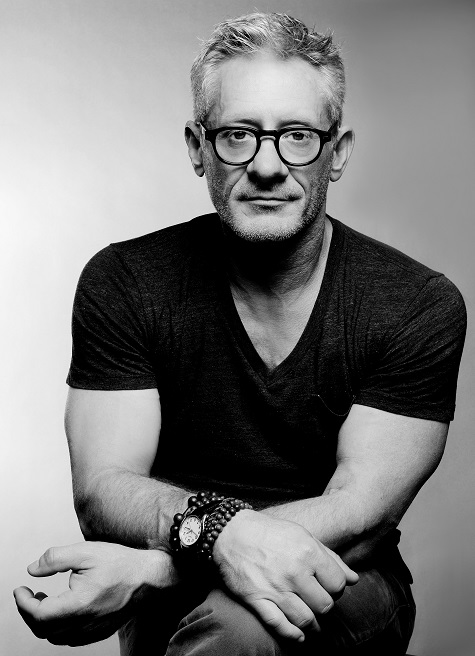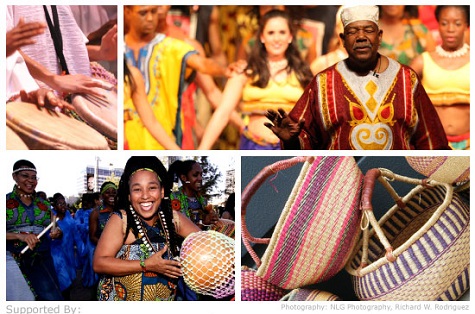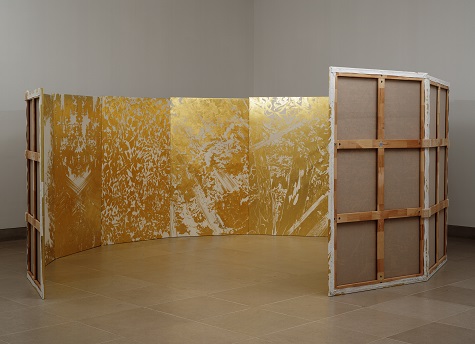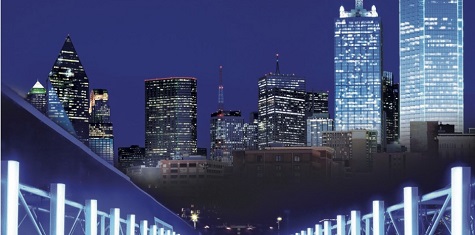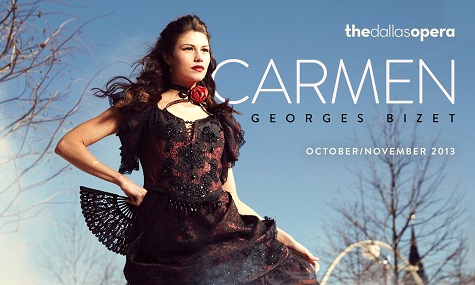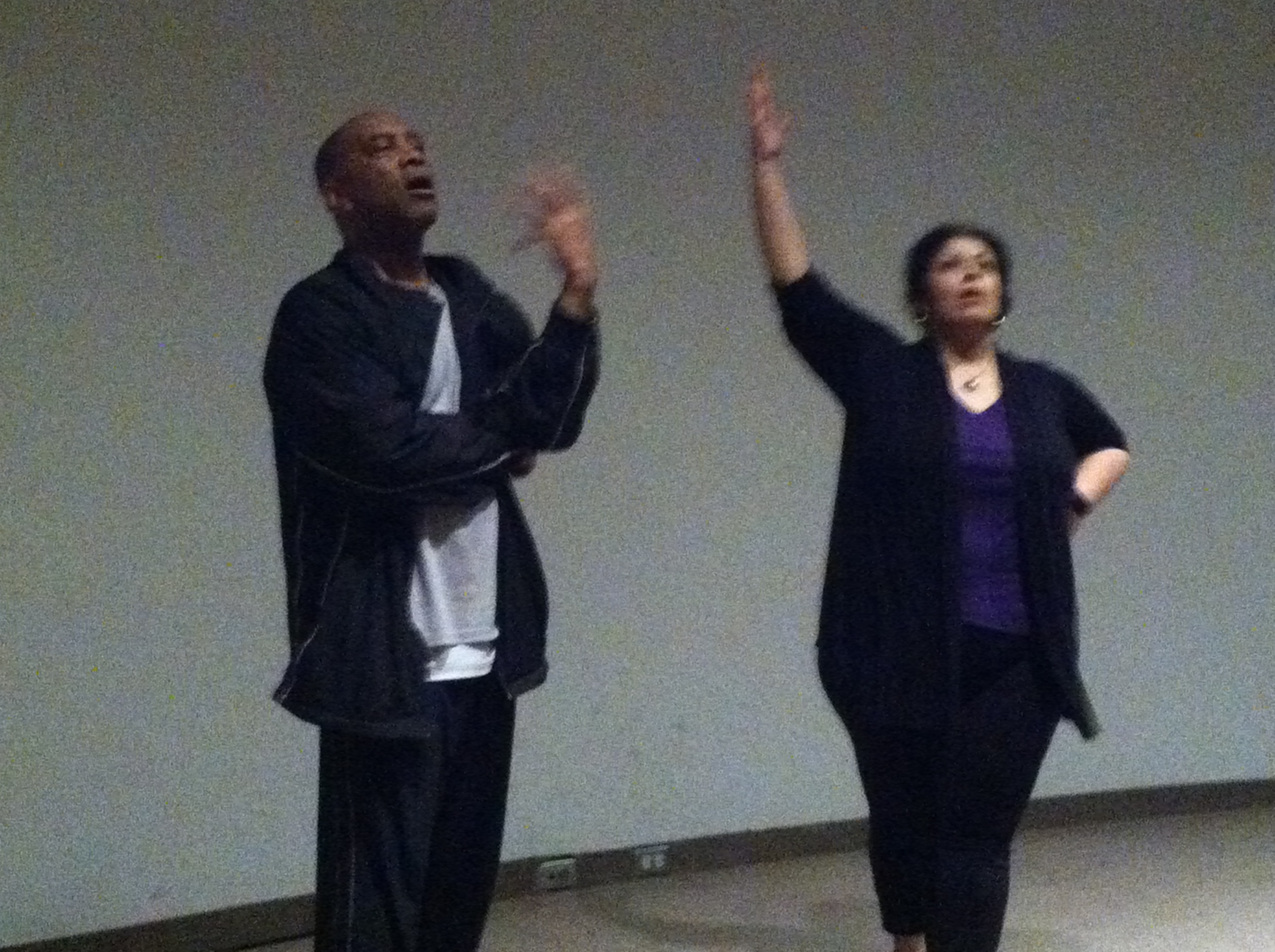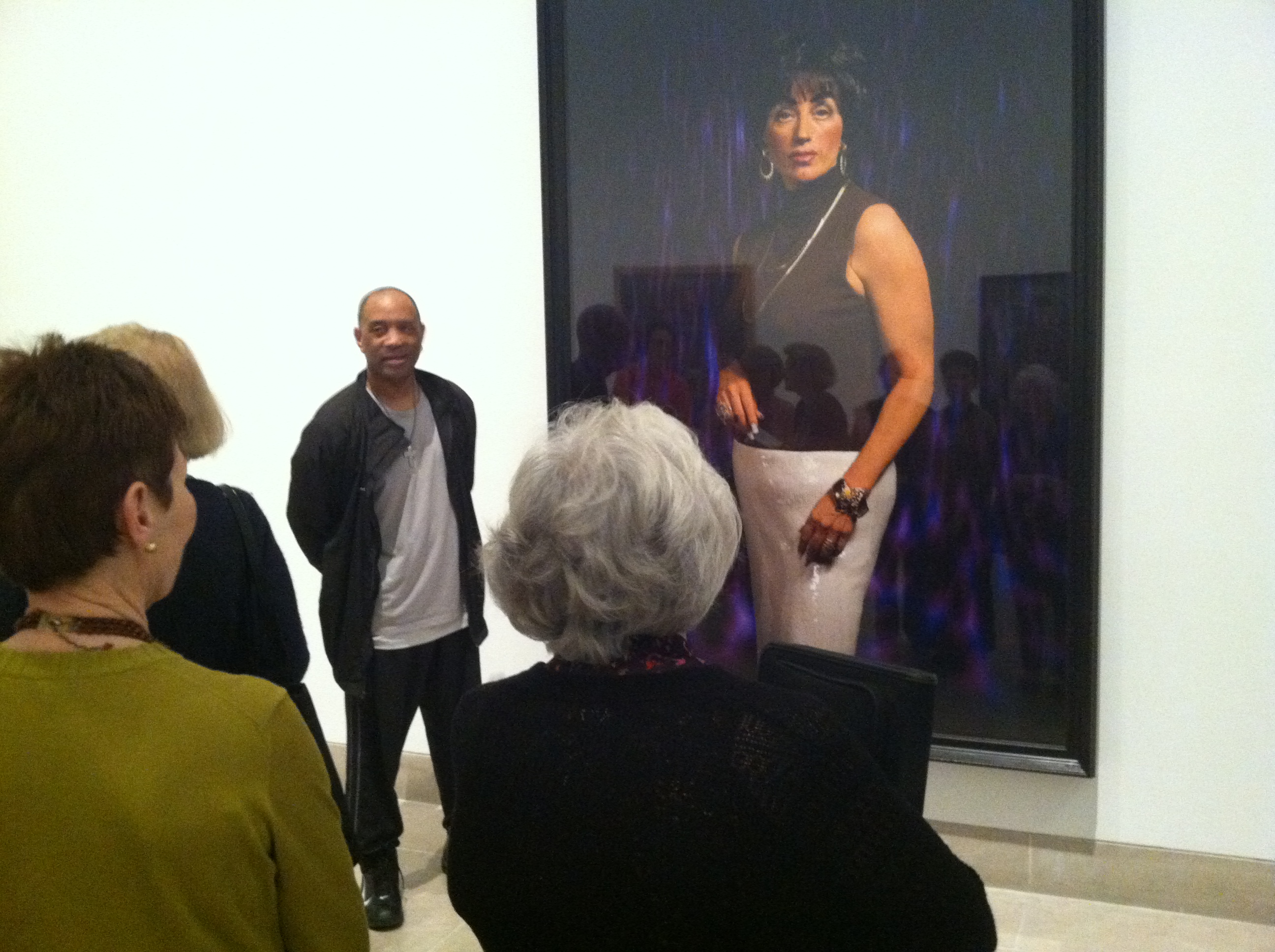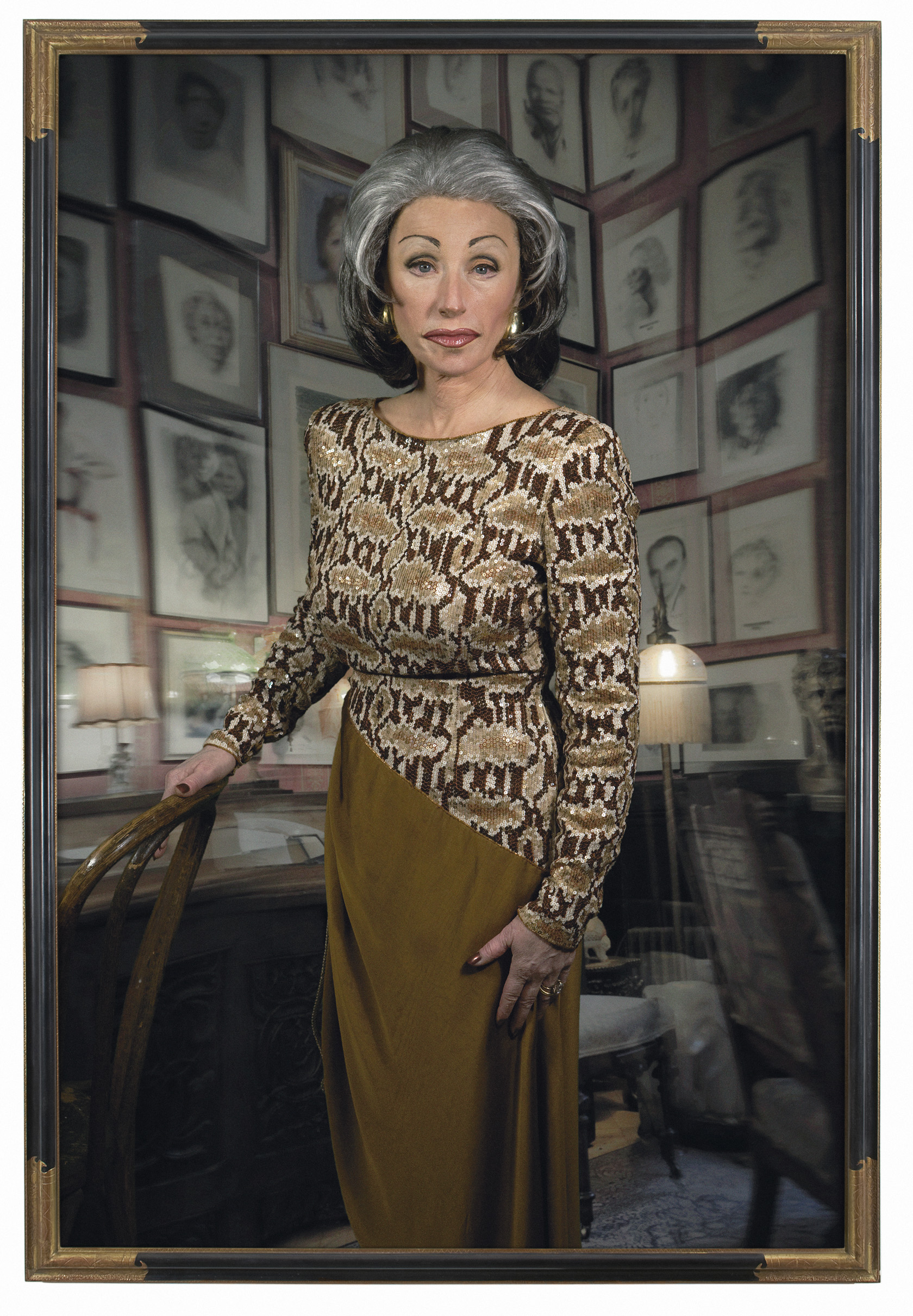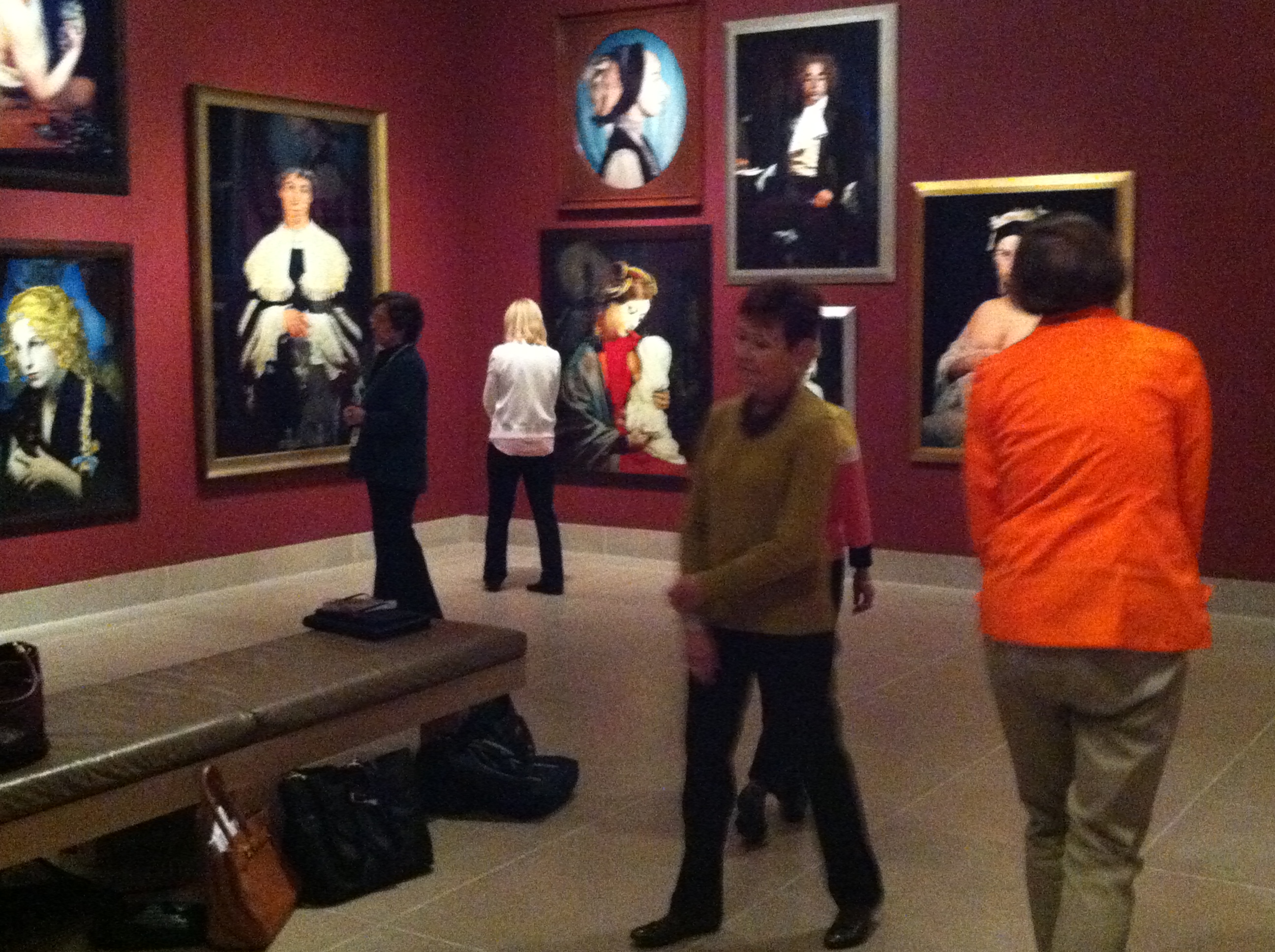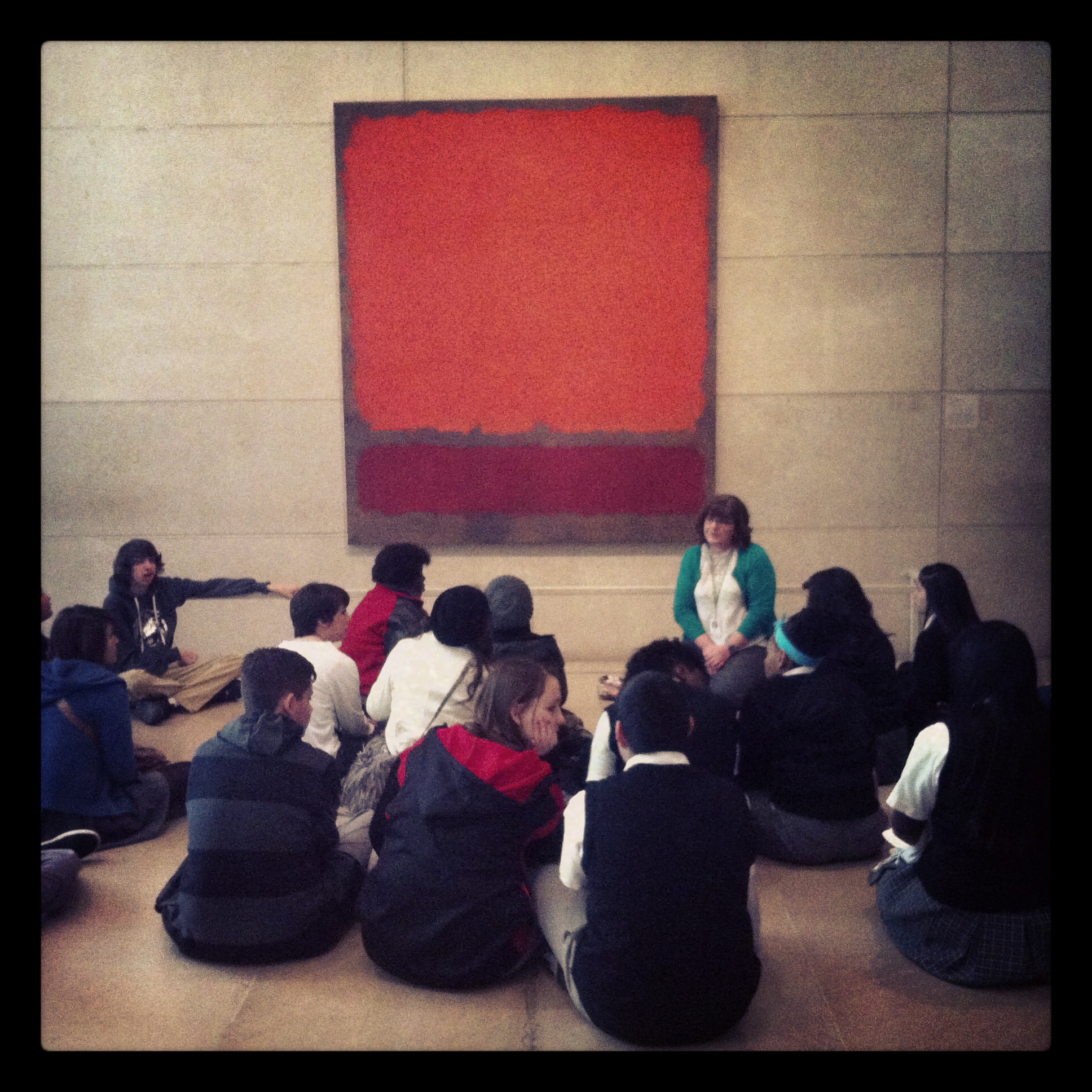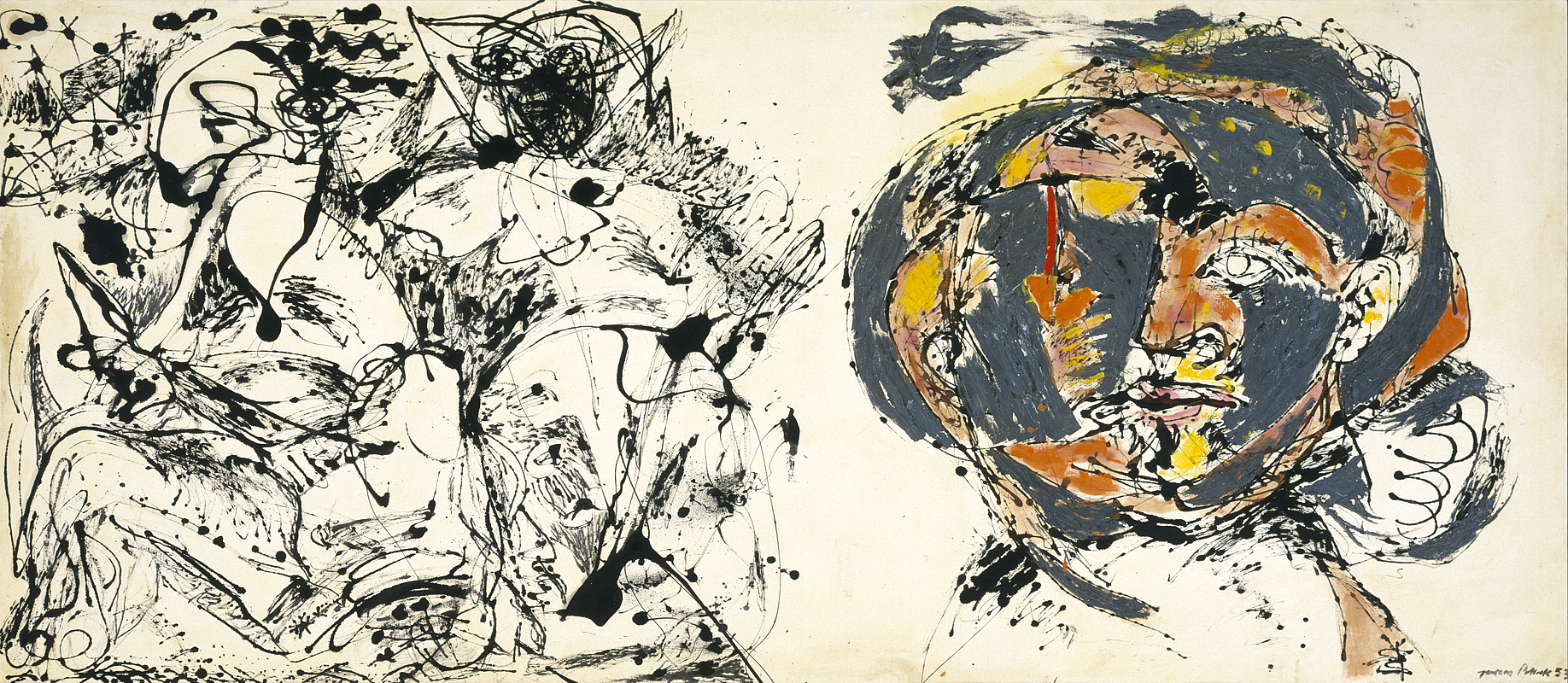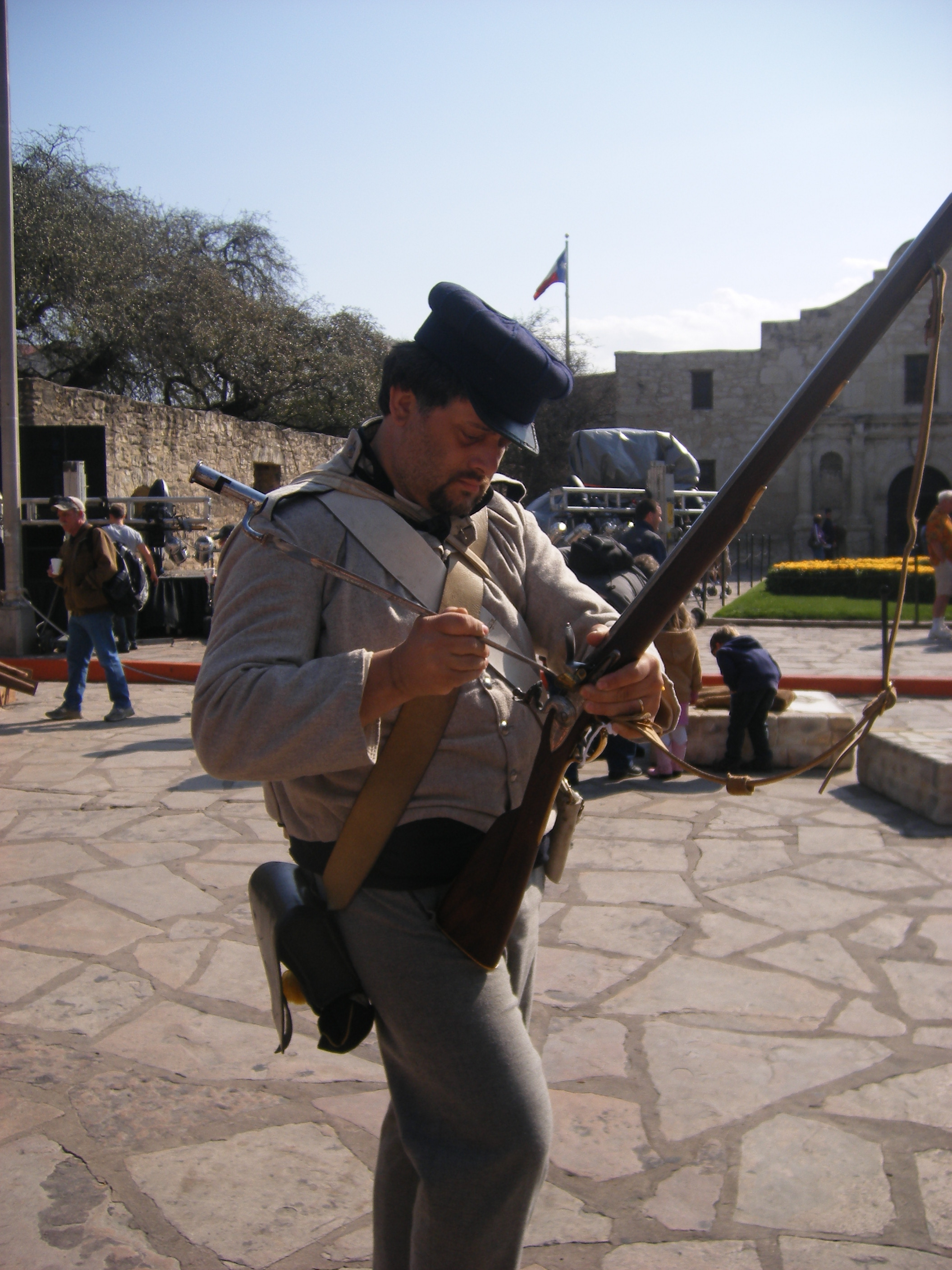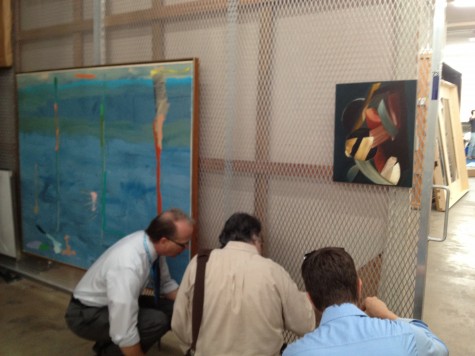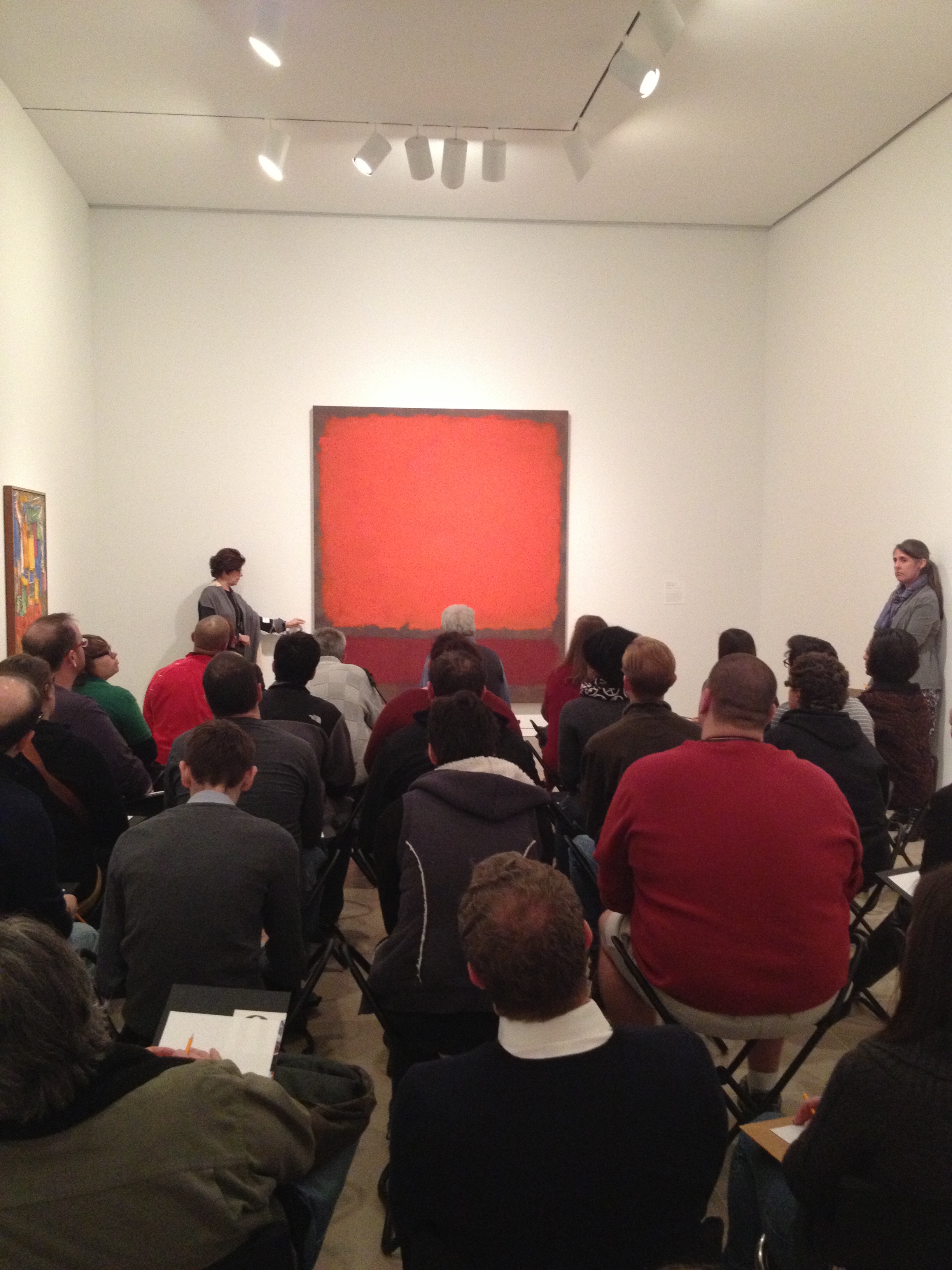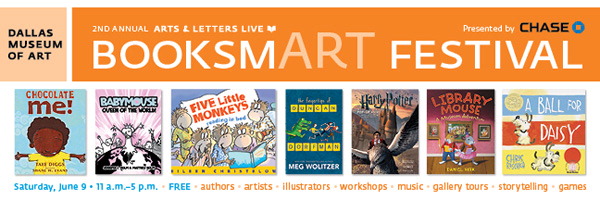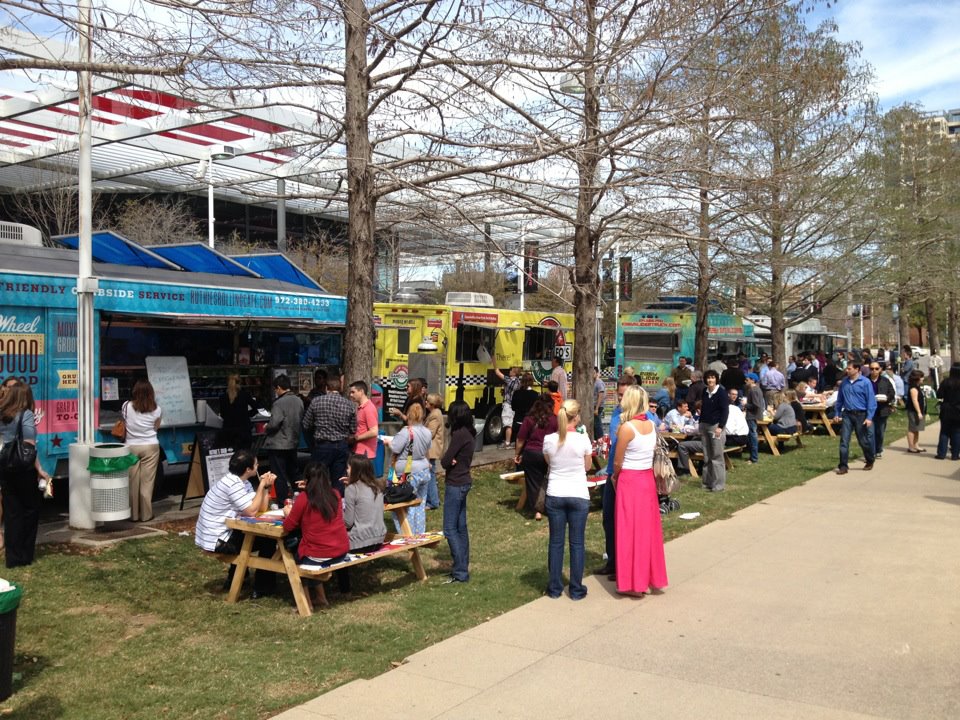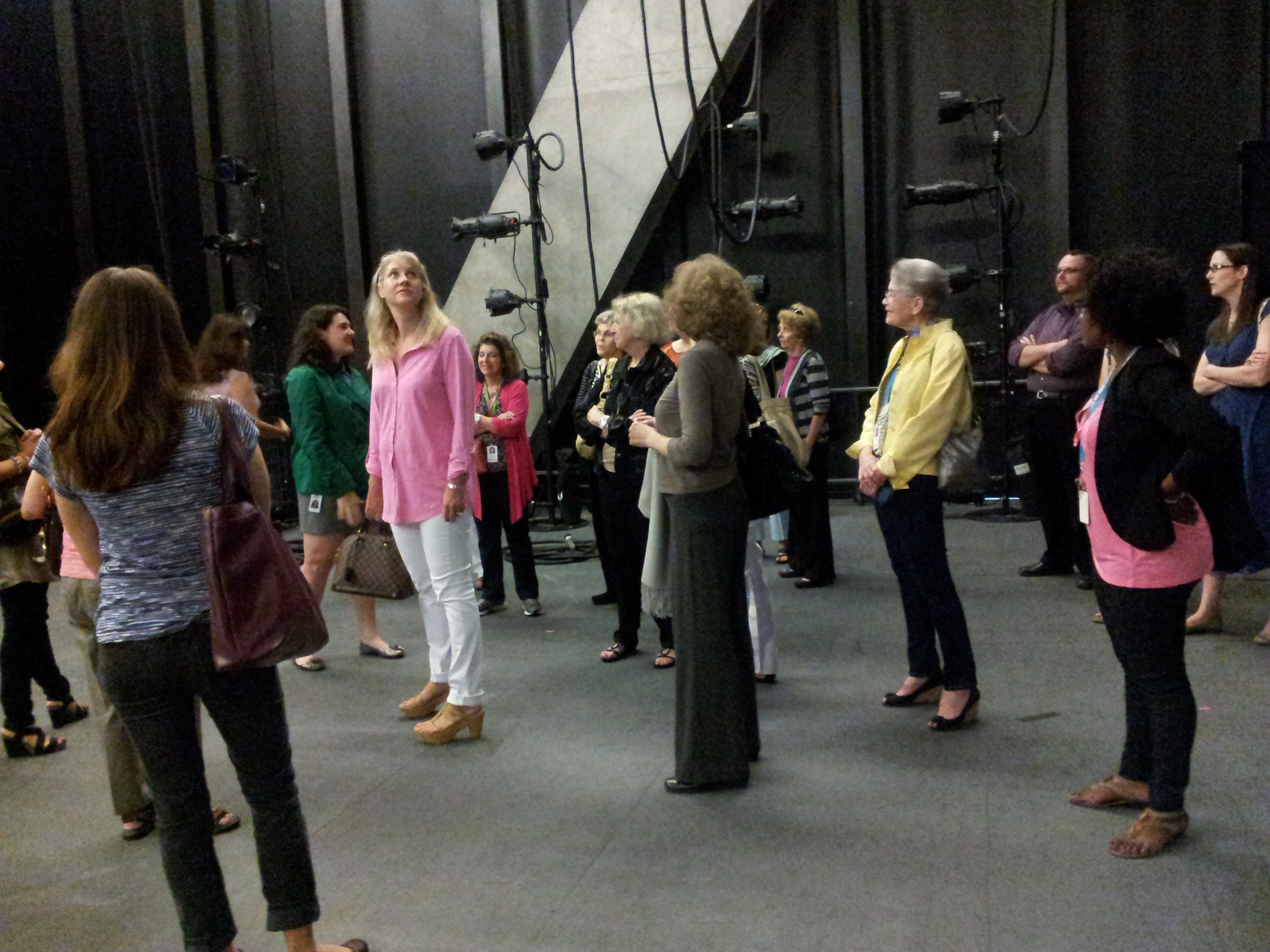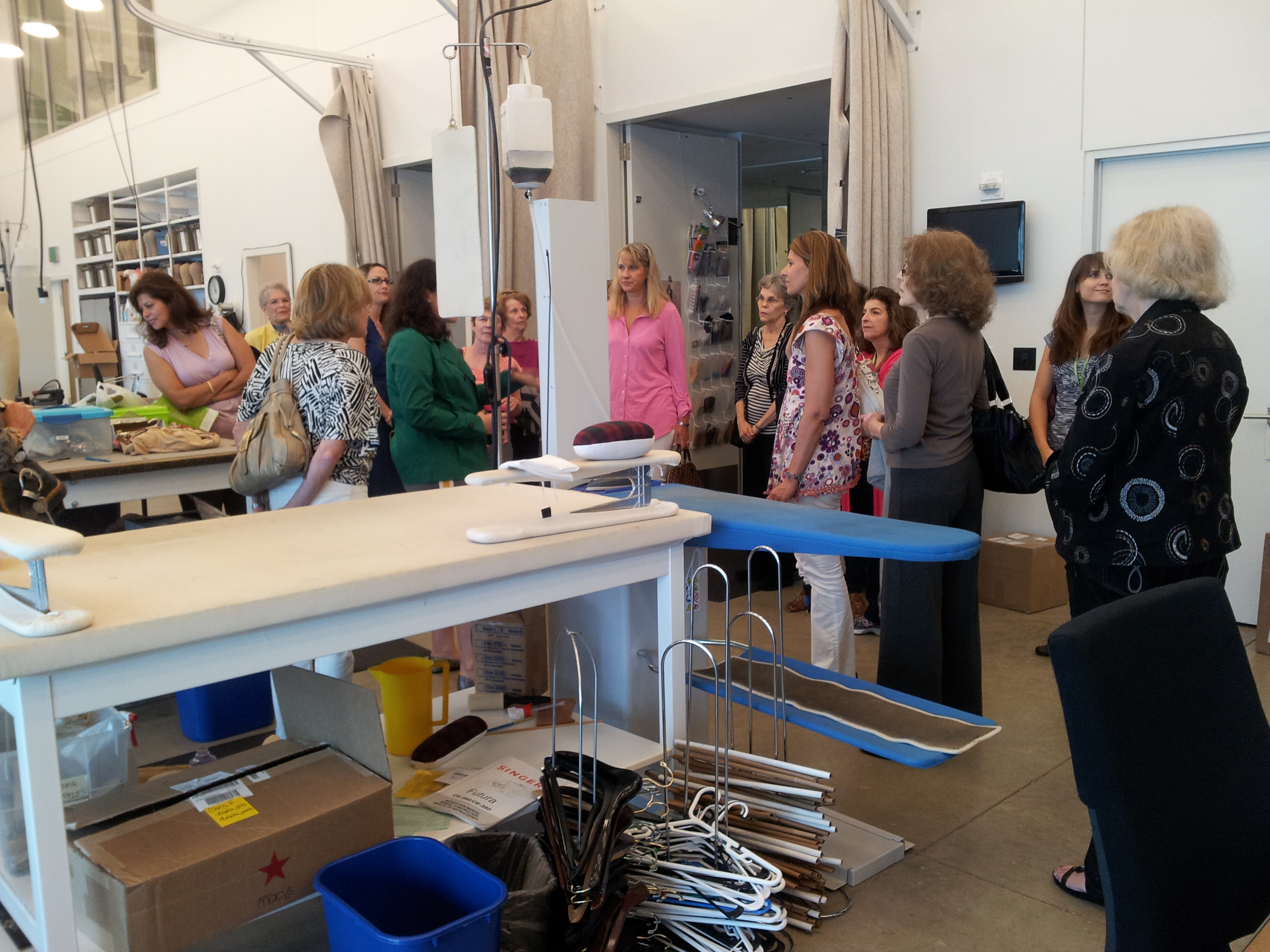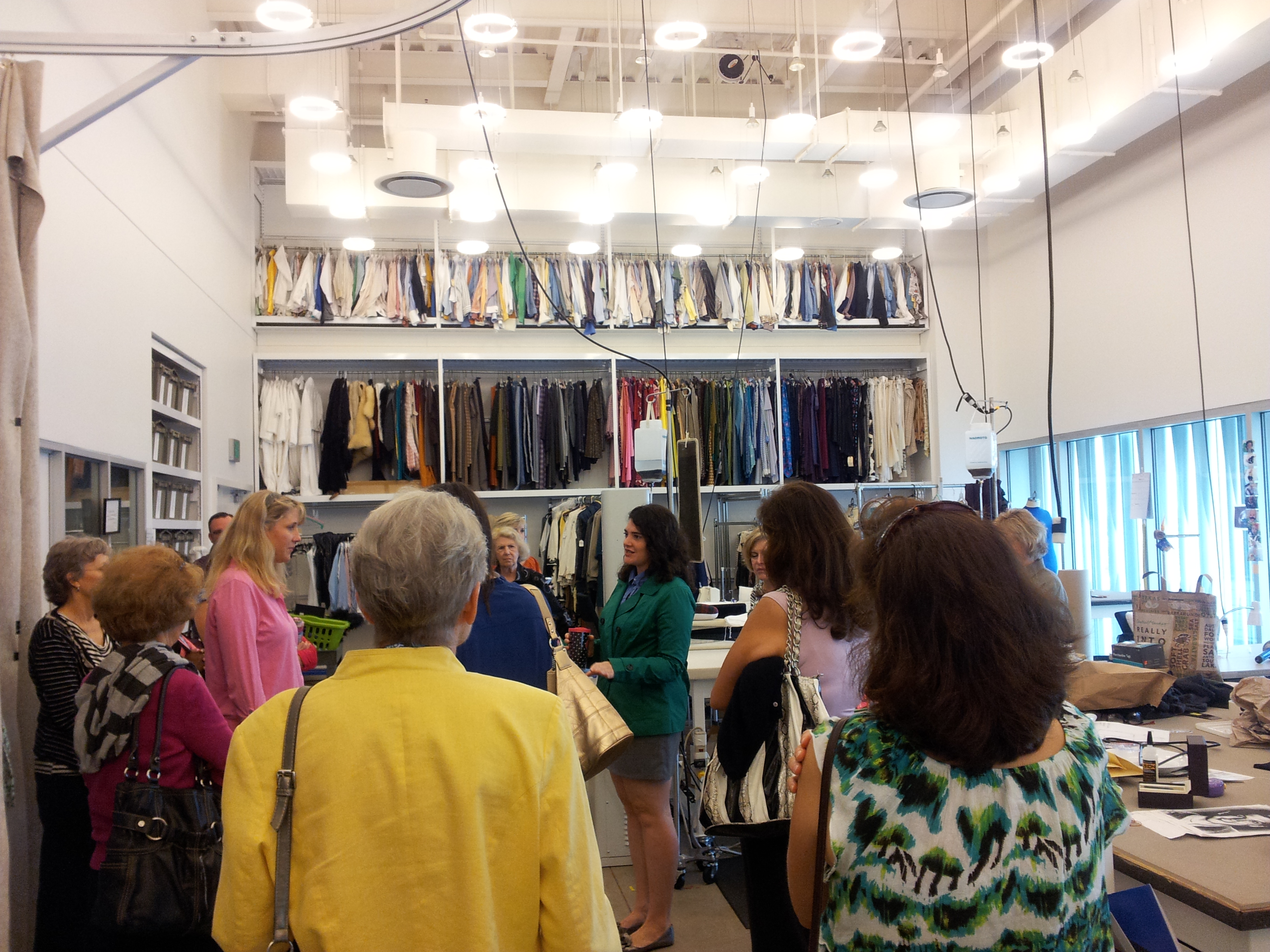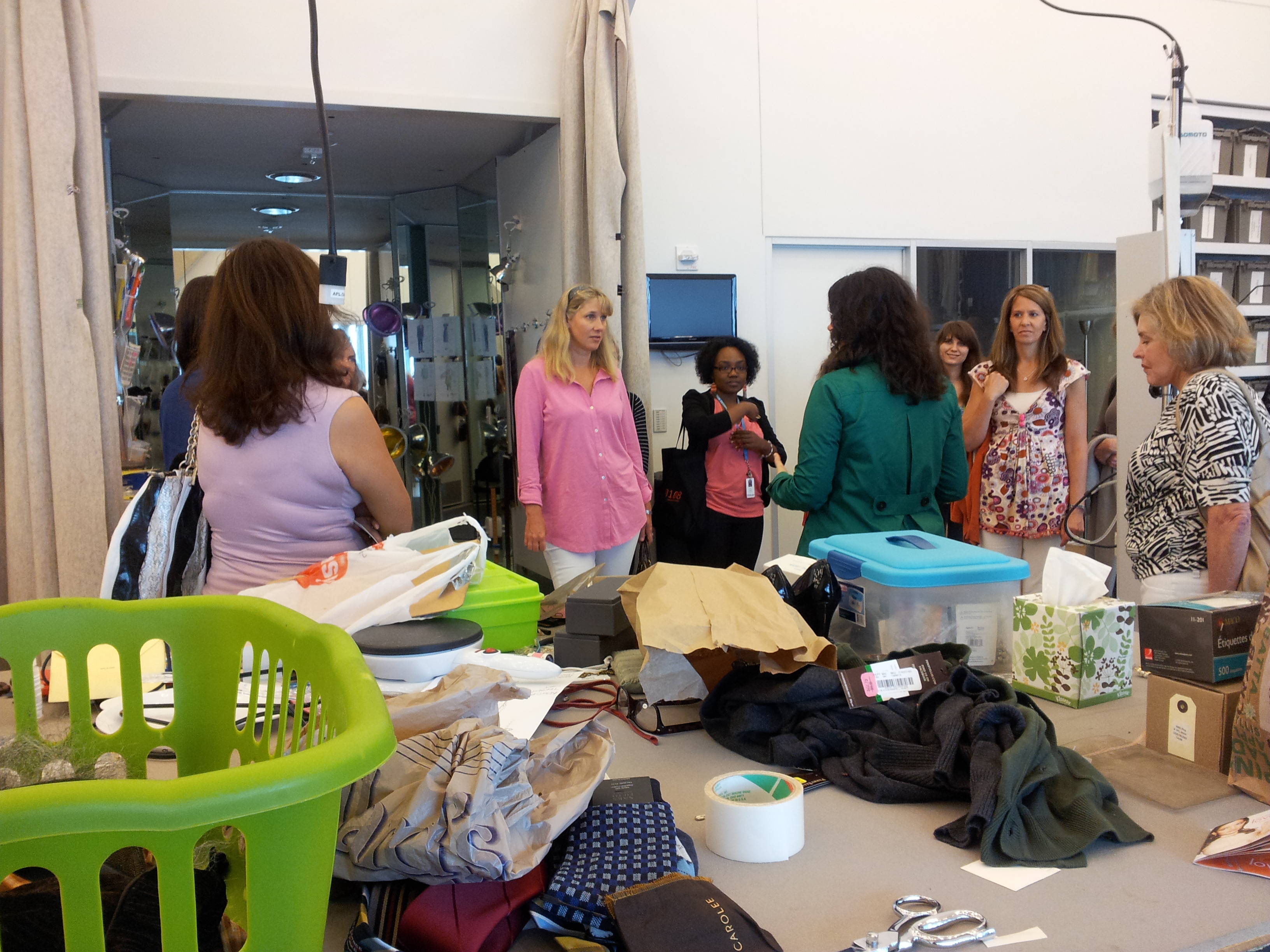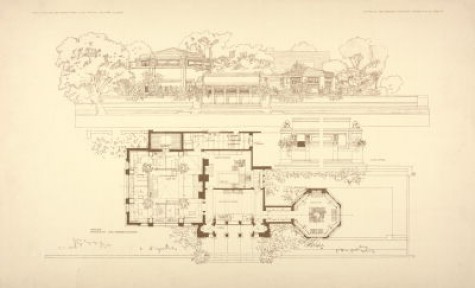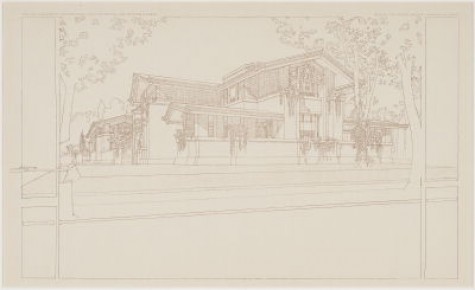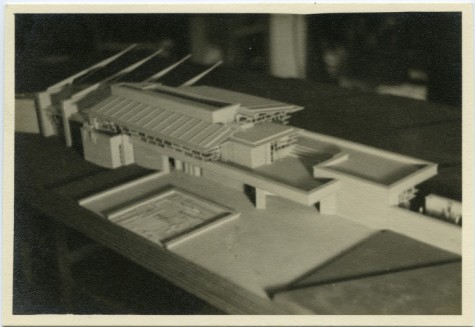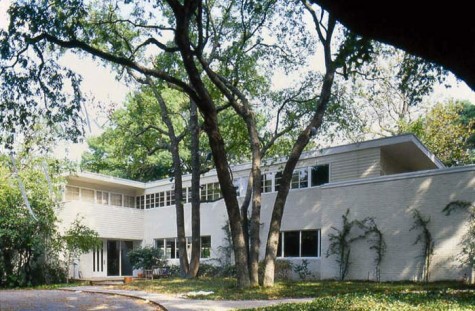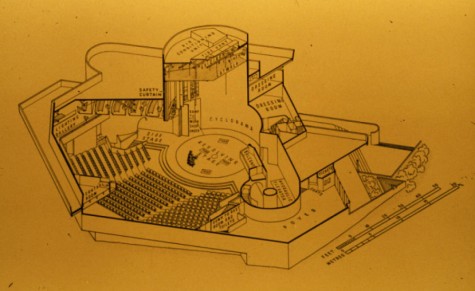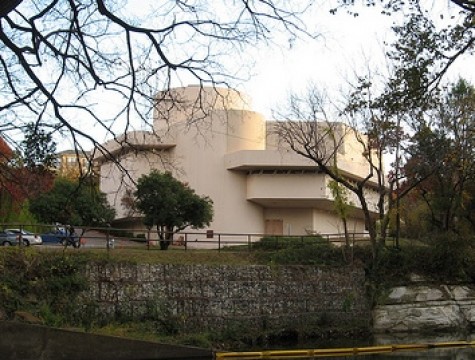It all started last year when a colleague sent me a link to a portrait we have in our collection of Jane Austen, done by Austen’s sister Cassandra. This colleague knew I was an Austen fan and wanted to see if I was aware that we had this in our collection. I had no idea!
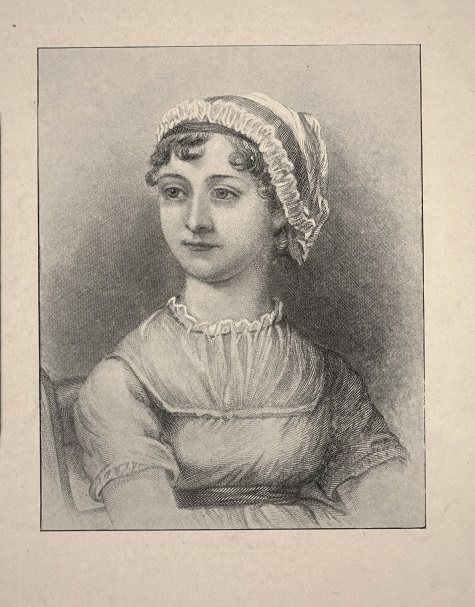
After Cassandra Austen, Jane Austen, n.d., engraving, Dallas Museum of Art, Foundation for the Arts, The Alfred and Juanita Bromberg Collection, bequest of Juanita K. Bromberg
I shared this awesome news with other Austen fans on staff, which led us to think about how great it would be do a Jane Austen-themed Late Night. Around that time, we also heard that the Dallas Theater Center would be doing a spring production of Austen’s Sense and Sensibility. Voilà, an Austen Late Night was born.
We brainstormed a lot of ideas, researched speakers who had talked at local and national meetings of The Jane Austen Society of North America, and met with staff from the Dallas Theater Center to talk about connections to their production.
After months of planning, we are excited to see the event take shape, and we invite you to join us for our Jane Austen Late Night on Friday, March 20, from 6:00 p.m. to midnight. You can hear music from the Romantic era, learn about the fashion world of Jane Austen, watch a Victorian fencing demonstration, listen to a dramatic reading by Dallas Theater Center actors, take quizzes to test your knowledge of all things Austen, watch films, including the 1940 version of Pride and Prejudice staring Laurence Olivier, and learn how Kate Rorick helped modernize Austen for the digital age.
For those of you who like to bring the world of Austen to life, we invite you to come dressed as your favorite Jane Austen character or in a costume inspired by England’s Regency era for a chance to win great Austen-themed prizes, including a pair of tickets to the Dallas Theater Center’s production of Sense and Sensibility. Baronda Bradley, a specialist in Regency fashion, will judge the contest, starting at 8:30 p.m.
Our March Late Night is also our annual Spring Block Party in the Arts District. There will be a lot to do that evening with the Nasher Sculpture Center and Crow Collection of Asian Art also staying open until midnight.
And, for anyone needing an Austen appetizer, there are still tickets available to see Jo Baker, author of Longbourn, at tomorrow night’s DMA Arts & Letters Live event.
I hope to see all my fellow Austenites on Friday!
Stacey Lizotte is Head of Adult Programming and Multimedia Services at the DMA.
